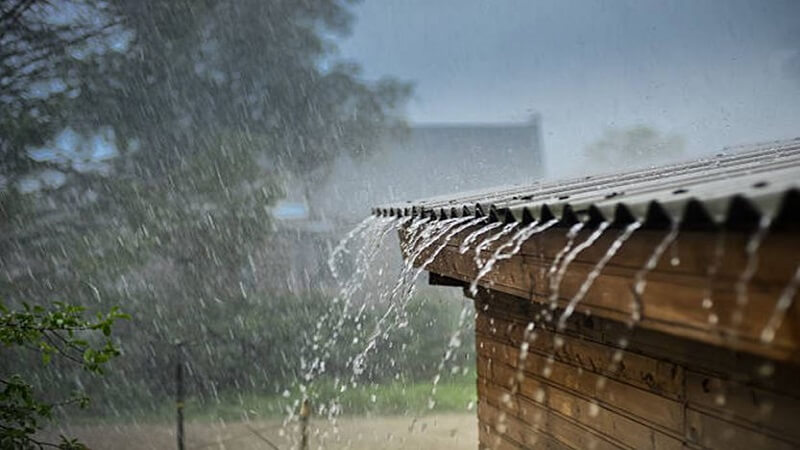Rain can be refreshing and rejuvenating. However, it can also be a beast when it decides to wreak havoc on your home.
Water damage is no joke. It sneaks up on you like a ninja, slowly degrading your property’s structure before you even realize it’s there.
From roof waterproofing to ensuring proper landscaping, let’s talk about the robust ways you can arm your home against water damage.
Roof Waterproofing: The First Line of Defense
Your roof is always exposed to elements, making it the most susceptible part of your home.
Your first task is regular inspection and maintenance. Here are a few things to keep in mind:
- Ignoring small cracks or damaged shingles could lead to major leaks.
- Use binoculars or climb up safely to look for missing, cracked, or curling shingles.
- Check the flashing around chimneys or skylights; these are problem zones that often get overlooked.
Choose the Right Materials
Whether you opt for shingles, metal roofing, or tiles, choosing high-quality materials will go a long way in protecting your home.
Consider waterproof membranes underneath these materials for an added layer of protection. And, why not throw in a couple of fun water-resistant coatings? Your roof deserves some love too.
Basement Protection: Keep the Floodwaters Out
Basements are like magnets for water. If not properly protected, they can become damp, musty spaces filled with mold and mildew.
French Drains and Sump Pumps
Installing French drains around the perimeter can divert rainwater away from your home. Additionally, sump pumps act as vigilant guards that pump water out before it has a chance to settle.
Waterproofing Seals and Barriers
Another approach is using waterproof seals on walls and floors. Sealants only take a weekend to apply but offer months, if not years, of protection.
You could also invest in vapor barriers for added safety. These not only keep the water out but also reduce humidity levels in your basement.
Proper Landscaping: Nature’s Way of Water Management
Believe it or not, how you landscape your yard plays a big role in water management.
Flat yards might look appealing but aren’t helpful for drainage; they allow water to pool near your home’s foundation. By sloping or grading your yard away from your house, you ensure that rainwater flows outwards rather than collecting at the base.
Installing swales—shallow ditches—can collect and slowly release excess water into designated areas like gardens or ponds rather than letting it flood your property.
Retaining walls made from stone or brick can also divert rainwater effectively while adding an aesthetic touch to your garden.
Simple Yet Effective Tips to Stay Dry
1. Clean gutters and downspouts.
It sounds mundane, but clogged gutters are silent assassins when it comes to water damage. They allow water to overflow and accumulate around your house’s foundation instead of guiding it away.
Regular cleaning ensures smooth flow, reducing risks of leaks and structural problems.
2. Install door sweeps and weather strips.
Moisture has this annoying habit of finding its way through gaps in doors and windows.
Installing door sweeps at the bottom of entryways can seal these gaps effectively. Weatherstrips along window edges provide additional fortification against rain intrusions.
Final Thoughts
Taking steps now to protect your property from water damage can save you time, money, and stress in the long run.
From roof waterproofing and basement protection to smart landscaping and handy tips, employing these strategies means fewer rainy-day regrets.
